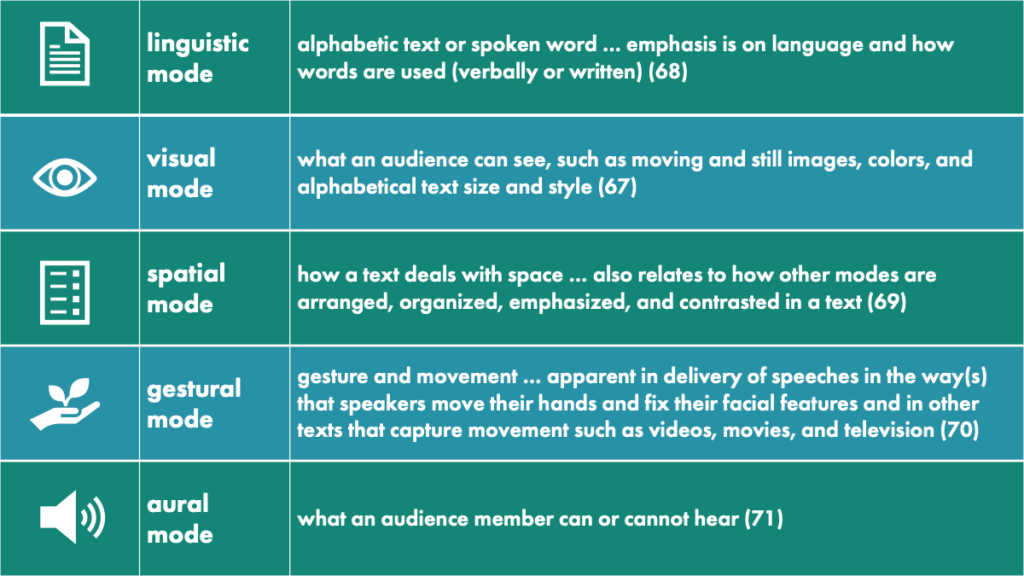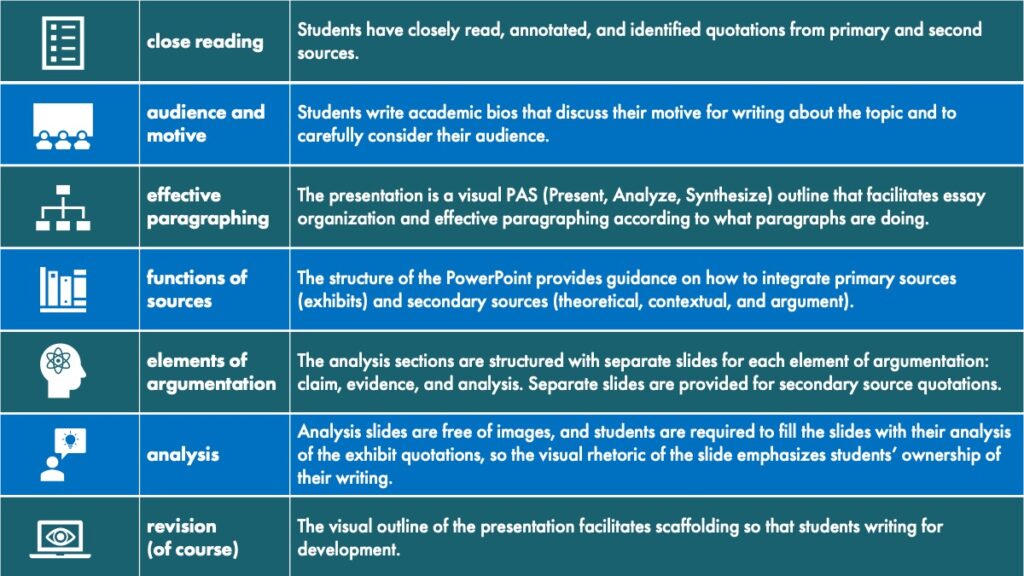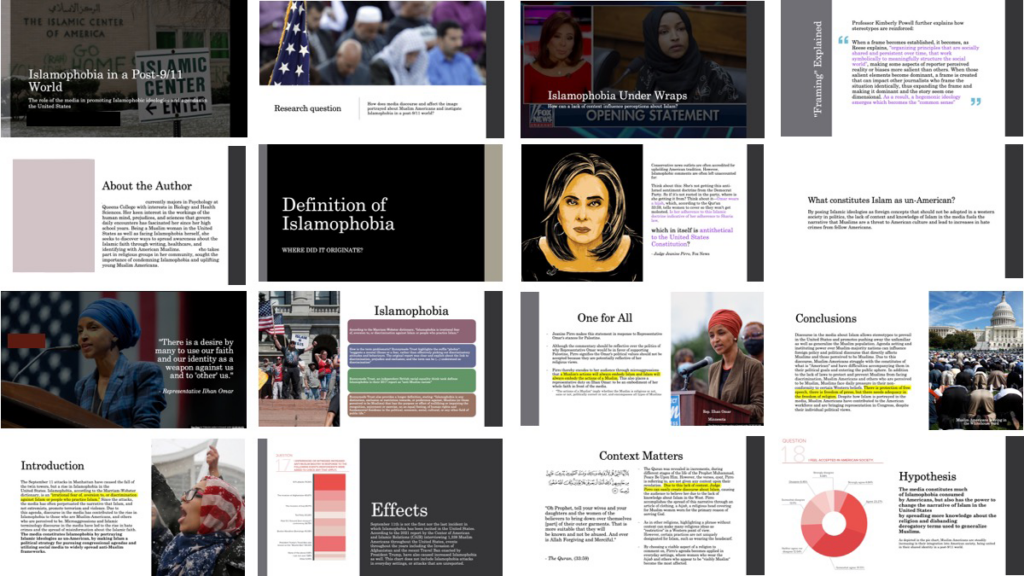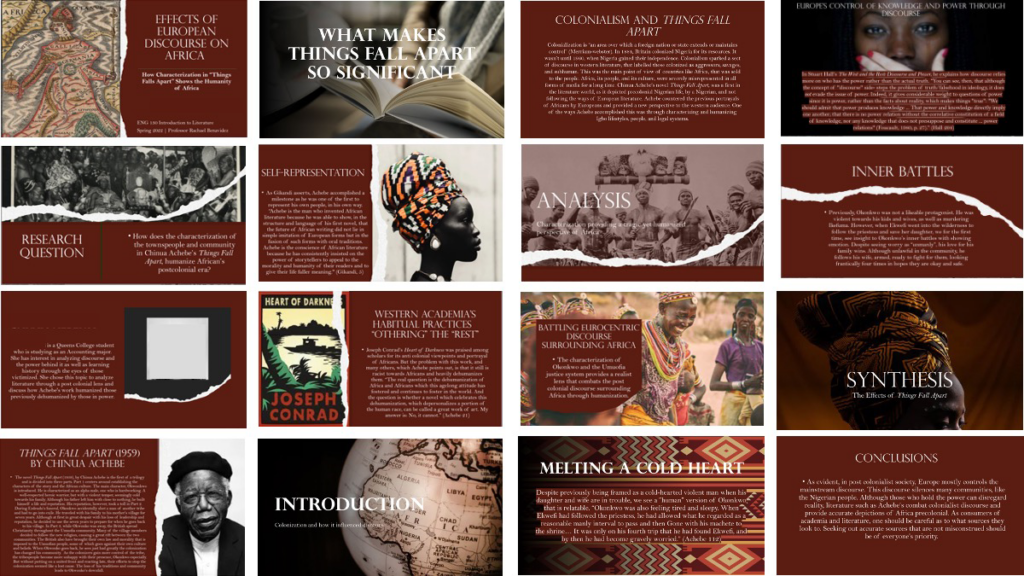Many of us have started the research portion of the semester, or we will soon. A few folks have reached out to me to ask about resources that I use to scaffold the teaching of research, so this is what I’m writing about for my post this week.
Being able to locate, read, paraphrase, and synthesize research is…..hard. Most students will be developing this skill throughout the rest of college. I feel like I’m still learning how to synthesize sources. And in English 110, trying to get a handle on sources that exist across disciplinary lines can feel really hard, especially at the end of the semester.
Still, I love this part of the class. Students often get to explore some of their own interests, which are varied and fascinating. It also feels great to teach a “just-in-time” skill that so many of them are immediately using in other classes.
Teaching research also feels like giving students some cheat codes for reading more effectively and strategically: codes I sure wish I had had when I started undergrad and just attacked all of my printouts with a highlighter and then still showed up to class not understanding what I had read. Learning how to read research across a variety of fields—not just in the humanities—can prepare students to say “oh, I can handle this” when they get a really complex reading in one of their other classes. I feel that if students can walk away from this unit with more confidence about how to locate and read a scholarly source, and more of an understanding of what research is at the college level, we’ve accomplished the goal of this unit.
In what follows, I’ll first discuss my end-of-unit assignment (an annotated bibliography) and the sub-skills that I need to teach to get students to produce one. If any of these materials are useful to you, please and adapt them to fit your goals!
End-of-unit assignment
Different people have different feelings about whether to assign a “full” research paper or something like an annotated bib. I can see arguments for either one, and I know lots of people teach a full paper in our department really successfully. I personally do an annotated bib because I feel like the full paper can make the unit feel very packed: usually when we arrive to this point in the semester, we only have about a month left of classes.
Here’s my prompt, which includes a video that I made explaining what academic research is, what journals are, what databases are, and some other stuff about researching at QC. A note about this: in previous semesters, I have experimented with flipping the research unit and the lens analysis unit, so this is why it says that research is happening in Unit 2.
This unit is scaffolded around getting students to produce the annotations on this list. To do that, there are several things that they need to be able to do: come up with a question, refine that question, look for sources, be able to read the sources, be able to determine whether the sources are a good fit, paraphrase and summarize them, and format everything correctly.
Goal #1: students can write researchable questions.
We start generating curiosity about potential topics as early as the first unit. But I don’t call these “research questions” yet. I just ask students, usually in the reflection to a major assignment, to talk about what else they’d like to know about this topic. And students will often develop great questions that are not yet research questions but that might become research questions eventually.
Namely, they speculate about the future, like “what would it be like if all schools adopted bilingual education?“ Sometimes, they ask questions that are kind of easy to just, like, Google and answer, like “how many languages are spoken in Corona, Queens?”
By the time we get to the research unit they’ve got a lot of questions. To set them up for completing the library workbook exercise on “research” vs. “regular” questions, I have students return to these questions that they’ve generated so far. After the workbook is due, I’ll have them return to those questions again to label them: are they research or regular questions? If they’re regular questions, how can we make them more like research questions? These are the slides that I used last semester to help students develop (and refine) a research question.
These days, I’m also bringing in our good friend chatGPT to help. Students will sometimes spend time in class generating research questions with this tool around their topic. I also model the way that I generate curiosity at the very early stages of the research process: Googling it, reading Wikipedia entries, looking at social media posts about it (if relevant), and just getting a general handle on the topic’s dimensions and what I think is interesting about it. While these are not “research” tools, they are tools that help me to broaden my understanding of the topic’s dimensions.
Goal #2: Students can develop researchable keywords
Students can get understandably frustrated when they get to the databases, type in some keywords related to their research question, and nothing comes up. Rather than adjusting their keywords, some students completely abandon their question. So once we have researchable questions, my goal is to help students develop a ton of keywords that might help them to get to the right information.
I might model this in class with something simple. Let’s say that my computer is making a weird “takeoff” buzzing sound, and I want to know why it’s doing that. But I don’t have the right language for it. What would I search? Together, we look at relevant Google articles, Reddit forums, Apple’s helpdesk page, and the comments section of articles. We might watch some videos on YouTube. All of this might lead me to the actual language that I need to find relevant information to fix my problem.
And this is pretty much what we do when we look for keywords. If we don’t understand what we’re really asking yet, and our research question is “How does texting affect people’s thought processes?” and our key words are “texting” and “thought processes,” we’re probably not going to get much back.
After we talk about this in class, the library workbook entry on developing keywords is really helpful here. Along with having students complete this library workbook exercise and complete the library workshop itself, I will often reiterate what the librarians teach students do to by having a few conference hour sessions or portions of the class dedicated to modeling the generation of additional keywords, and then modeling finding stuff in the databases.
And AI tools can be helpful here too! And I don’t mind that students use it to help them find more keywords as long as they’re not using it to find sources (or as long as they’re vetting the sources that they do find independently): to me, this is using it as a helpful tool.
Goal #3: Students can locate relevant, scholarly sources to answer their question using the databases.
The library workshop is great for this! I do find that one workshop is not enough, though, and I’ve got to get them to practice with the databases a lot before they can remember the steps.
After the workshop, I make sure to model finding a source in class at least 3-4 other times. Not for the whole session of course! And not necessarily for the whole class. But taking out some time to say “OK, who wants to volunteer their research question?” (or having a question or two in my back pocket in case I get crickets) and then modeling how to generate additional keywords, and then eliciting from them how to get to the right database, and then eliciting from them what to put in the boxes can help.
I also try to do this to model my own nerdy research fascination! I will often go “ohhhh this source looks cool! Let’s see if it would work!” And I’ll click on it and we’ll talk about what we can see (e.g. Well, it comes from an academic journal, but it’s a little old. Could we check out some of the key terms and try those instead of the ones that we have? What else can we try?). Since we’ve already talked about how to vet a source, this is also a good place to practice / reinforce what we’ve learned about the CRAAP test or lateral reading skills.
Goal #4: Students can (kinda, sorta) read scholarly sources across a variety of disciplines and (kinda, sorta) understand what they read well enough to determine if the source helps to answer their question.
Do I understand the research in an astrophysics journal? Definitely not. I don’t expect first-year students to read and understand everything they find in an academic database.
But reading a piece like How To Read a Research Paper Without Freaking Out can introduce the basic sections that research in a lot of fields outside of the humanities uses. They read this (usually in class, because at this point in the semester, doing a lot of out-of-class reading is frankly not really happening), we talk about some of its advice, and then I show them a research paper with these “predictable” sections. Then, they spend a little bit of in-class time picking out some of the major claims from following the steps in this article. My goal here is to help them to not completely freak out when they see a 30 pp. jargon-filled academic text and to give them a scaffold to guide them through reading it.
I love using “Students Perceptions of Plagiarism Policy in Higher Education: A Comparison of United Kingdom, Czechia, Poland, and Romania” for this (in these slides) because students are interested in it, it has jargon but is not TOO inaccessible, and there are pretty “standard” sections.
To reinforce all of this stuff, students complete the Reading Research Guide: an exercise that I give them once they’ve had the library workshop and we’ve read How to Read a Research Paper together, and once they’ve picked out their first source for the annotated bibliography project at the end of the research unit. This guides them, step by step (using the advice in How To Read a Research Article Without Freaking Out, through reading it to develop their first Annotated Bib annotation.
Goal #5: Students can paraphrase and quote from a scholarly source
Once students are able to understand the structure of at least some research, I want them to be able to paraphrase a study in an annotation AND to get sufficient practice in doing this, screwing it up, doing it again, screwing it up again, and finally succeeding at it. Paraphrasing is tough! It is not something that someone who had never done it before August is going to be amazing at by December! But students can get some practice and at least learn that paraphrasing is not replacing words from a sentence with your own words. If I can just communicate that this is not a good practice and have students start to try something else, this is a win.
The Paraphrasing and Quoting Guide is another exercise that I developed to help students work on paraphrasing and quoting within the context of developing annotations for the Annotated Bib. And we practice this a lot, lot, lot in class, like like in this set of slides (start on slide 8) where I have them read a paragraph, and then I turn off the projector and make them tell their partner what they just read, and then we try to reconstruct the major ideas together as a class, and then we turn the projector back on to check (to model a process for paraphrasing).
Or here’s a kind of dumb exercise I call Who Wore It Best, slides 8-16, where students compare two quote integrations and then workshop a “bad” annotation on their own, with a partner, and as a whole class. Basically, this is just a ton of modeling work.
Goal #6: Students can distinguish between and choose valid, timely, relevant sources
This can actually come before the lesson on reading scholarly sources does, because students can vet some sources (in some ways) before they even know what it really says. For this purpose, I introduce the CRAAP test: a heuristic for figuring out whether or not a source is “good” to use. Here are some slides I’ve used to do this in class.
After introducing the acronym and what it stands for, I show students a bunch of sources that are similar to the ones that they’re looking at in the academic databases. Then I set some “traps” (i.e. sources that look like they’d be fine to use since they came from the databases, but that actually have various problems with currency, relevance to the research question, and authority that students often encounter when they’re compiling an annotated bib with scholarly sources). Students have to figure out whether or not a source passes the CRAAP test.
I’ve also used this lateral reading exercise to introduce information literacy. I love Stanford’s information literacy exercises for first-year students, especially if you’re not only asking them to locate and select scholarly sources. These exercises teach the kinds of skills that many professional fact-checkers use. Whatever resources you use, the goal here is to help students to understand how to choose between sources.
Goal #7: Students can conduct inquiry-driven research (or, at least, they kind of know what it is)
In my experience, most students come into the class with an orientation toward research that is not inquiry-based. Their goal is to find sources “prove” their position about an argument that they’ve already determined. Many imagine that this is the purpose for integrating quotes: I am finding an expert who agrees with me so that I can add credibility to my existing argument.
I don’t think this is a productive way to approach research. But it’s really hard to shift this orientation in four weeks. So I’m not sure that I’m doing it very well. But my long-term goal is to encourage students to develop a more inquiry-based researcher stance.
I think that I do this in small ways throughout the achievement of the other goals on this list. One way that this happens is at the beginning of the unit through the development of research questions. Asking questions like “Why are grades so bad at motivating students?” instead of a questions like “Is there an impact on motivation when a first-year writing student gets a failing grade early in the semester vs. later in the semester?” shows this orientation clearly. One of these questions assumes that grades are bad at motivating students, and the other is asking a question about whether or not there’s an impact. Helping students to understand the difference (usually by giving them some “leading” questions and then having them identify more inquiry-driven questions) can be helpful here.
I also model uncertainty and curiosity as often as I can. One of the library workbook exercises talks about how our research questions shouldn’t be questions that we already know the answer to, and they should be questions that take multiple sources to answer. I think that having students make direct connections across their sources and structuring an assignment around reflecting what they’ve learned (rather than producing another form of argumentative writing) can be helpful, too.
I think this can also happen as students’ research questions evolve based on what they learn and the resources that are available to them. In the Process Log portion of my annotated bibliography assignment, I ask students to trace the evolution of their project over the course of the unit.
But I still don’t think I’m nailing an inquiry-based approach. I also feel like when students spend the majority of the semester composing things that focus on academic argumentation, it can be difficult to get them to switch course, especially with only 1/3rd of the semester to go, at a time in the semester when we’re all pretty tired. So, if anything, this is an aspirational learning goal and something I’m still actively working through.
Thinking toward the next steps
Ultimately, in my mind, the research unit is a place for students to start what will definitely become a much longer, more discipline-specific process when they move into their major coursework and learn about research for their specific field. So, I think of this unit as a taste test: a quick introduction to the quirks of academic research that will allow them to develop a few skills that they can build on later.
I hope this helps, and I’m happy to talk through any of these resources or any part of this process as it is useful to you. I would also love to hear about things that you’re doing in your research unit that you find really successful, or places that you don’t think that you’re nailing it yet!












